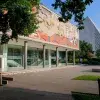After two and a half years of construction, the new Borregos Stadium has been inaugurated in the south of the city of Monterrey. However, there are even more projects carried out by the Tec in this city that maybe you haven’t heard about yet.
In 2012, Tec de Monterrey began to analyze what went on in a city like Monterrey, the role the city played, and the main urban challenges it faced.
In 2014, the Tec announced its strategy for transforming its immediate surroundings: DistritoTec, an urban regeneration initiative that also involves citizens, organizations, and government.
DistritoTec consists of a 452-hectare area covering 24 neighborhoods around the Monterrey campus, including nearly 9,000 residences and 17,000 inhabitants.
Its projects are based on three main themes: transforming Monterrey campus; creating an ecosystem for innovation, research, and entrepreneurship; and improving its surroundings.
CONECTA presents 10 projects that the Tec is implementing through DistritoTec in Monterrey:
1.- Borregos Sports Center
The transformation of Monterrey campus included creating new facilities for sports at the highest level. This led to the establishment of the Borregos Sports Center.
The center covers 14 hectares in which we find the new Borregos Stadium, which has capacity for 10,000 people (with a possible extension of up to 12,000) and may be used for sports or student and leadership events.
The Borregos Sports Center also includes: the Estadio Azul (Blue Stadium), an athletics track a multipurpose pitch, two natural grass pitches, two five-a-side soccer pitches, a flag football pitch, and a synthetic grass pitch.
2.- A library with international acclaim
Inaugurated in 2017, the BiblioTEC enables its users to experience the full cycle of learning, research, creation, and innovation.
It recently won the prize for best design in the world.
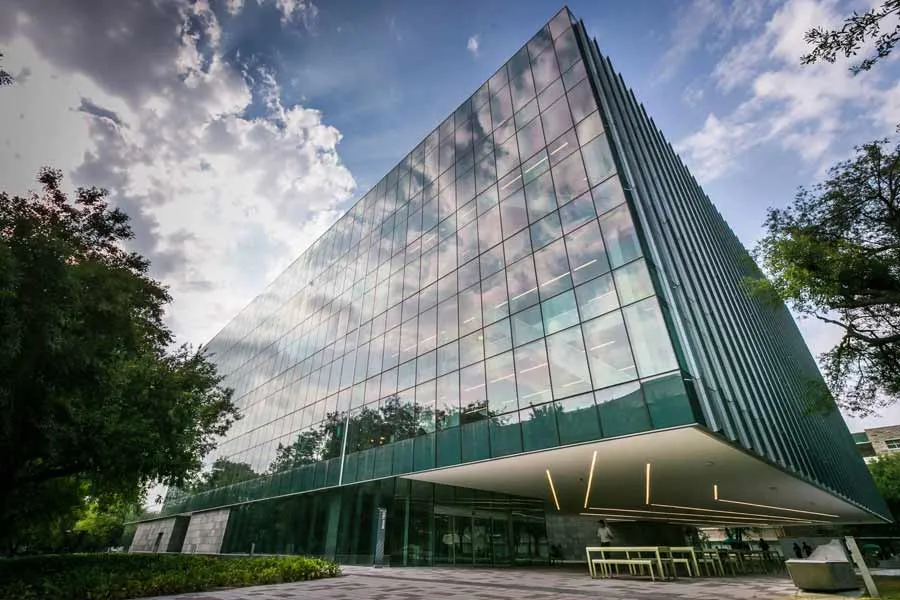
3.- The roundabout at Avenida Eugenio Garza Sada and Avenida del Estado
The roundabout right in front of the Tec was redesigned in order to improve traffic safety.
Access to the new Garza Sada Roundabout is at ground level, which means that any pedestrian can cross it without the need to go up ramps or levels.
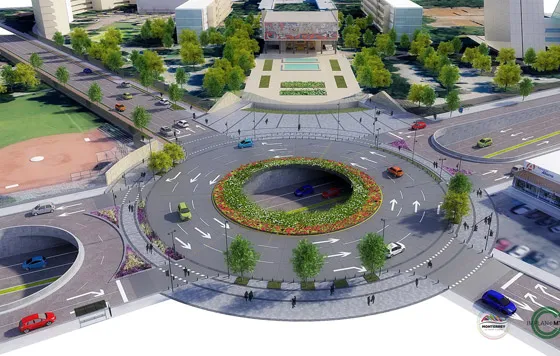
4.- Pocket parks
Pocket parks are small areas that have been rehabilitated (or rescued) for public use, usually in underused areas.
These spaces allow pedestrians to take shortcuts or enjoy their surroundings, which now have benches, swings, drinking fountains, and electrical outlets.
The largest of these (at 1,000 square meters) is on the corner of Junco de la Vega and Luis Elizondo avenues, next to the Centro Deportivo Tecnológico (Technological Sports Center, CDT).
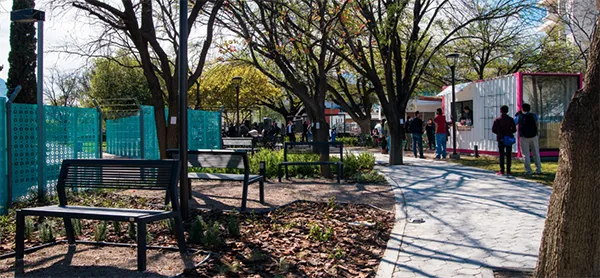
5.- Putting the streets to new use
“Callejero” (Street Living) is an initiative for experiencing the street as a community, including live music, food trucks, a local market, rides, and artistic expression.
The street of Junco de la Vega (adjacent to the Monterrey campus) was closed to traffic for the first time in June 2015 to enable this type of experience.
Since then, it’s been carried out one Sunday every month.

6.- Urban art
Art in cities has been used as a means to positively transform public places.
DistritoTec has run the Public Art Program since 2016. This involves holding events on and off Monterrey campus and inviting national and international artists to display their creations.
7.- The new ‘heart’ of Monterrey campus
“La Carreta” cafeteria, founded in 1949, is a landmark at the center of Monterrey campus that has been transformed in different ways over the years.
Another transformation was announced in 2016, leading to the inauguration of the “La Carreta Pavilion” in 2017. It’s a multipurpose space with 1,830 square meters of construction. Since its opening, it has hosted exhibitions, screenings, gala events, conferences, and collaboration projects.
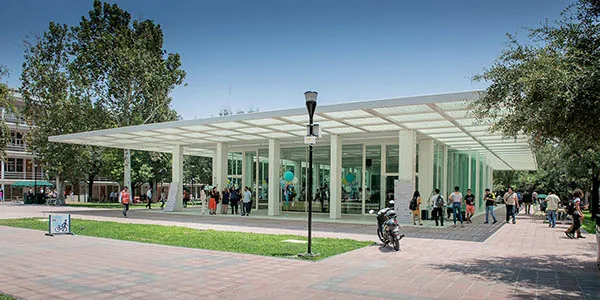
8.- Outdoor cinema
Colorful blankets on the grass, popcorn, sodas, candy... these are the elements you can see at the Picnic Cinema screenings held with the aid of an outdoor screen, both at Monterrey campus and parks in the surrounding neighborhoods.
All screenings are open to the community at large, setting an example of how to use public space for community living in the city.
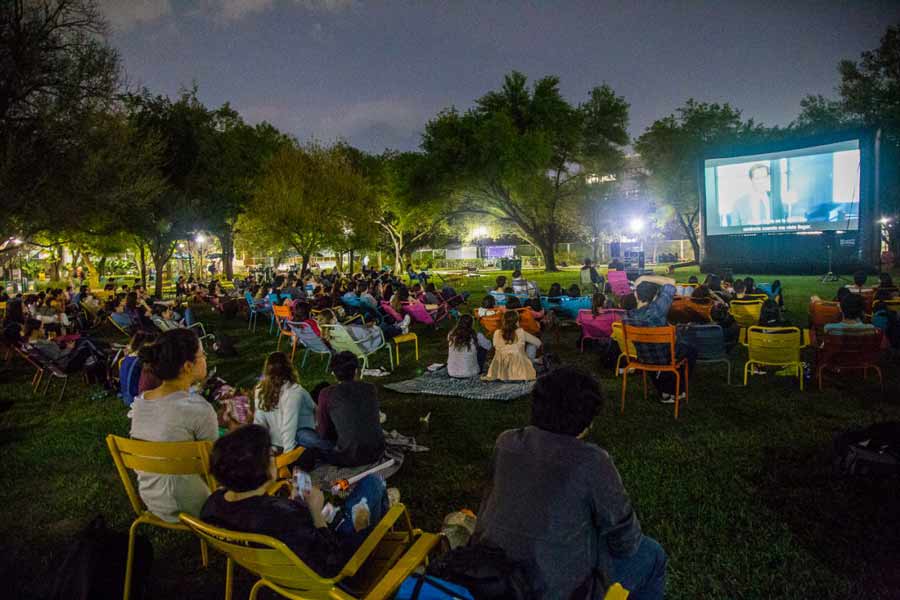
9.- Reflection space coming soon
Promoting the physical, mental, and emotional balance of students and the community at large is the purpose of the new Reflection Space that will be ready in 2020.
Its precursor is Punto Blanco (White Point), a site also created with the support of DistritoTec that’s currently up and running.
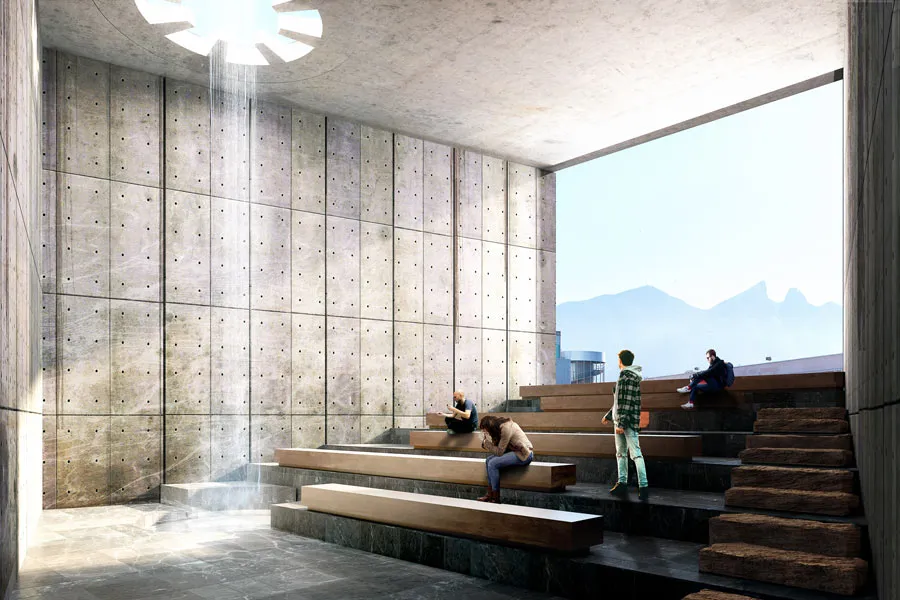
10.- A building dedicated to nanotechnology
The aim of this next building will be to lead the way in encouraging economic development by creating an ecosystem for innovation, research, and entrepreneurship.
It’s expected to be completed in 2020, on Monterrey campus.
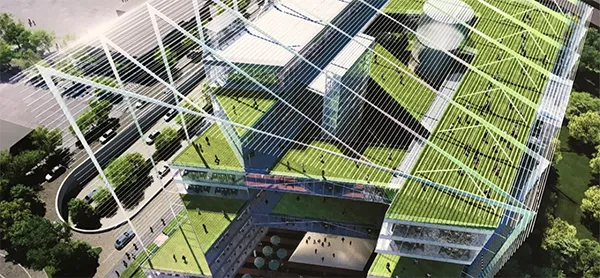
ALSO READ:



